On January 11, Dr. Huynh Tan Vu, University of Medicine and Pharmacy Hospital, Ho Chi Minh City - Branch 3, said that the above ornamental plants are beautiful and eye-catching but very poisonous, so be careful when placing them in the house during Tet.
Hydrangea
Hydrangea (also known as Hortensia), originating from Japan, is widely grown in Vietnam, especially in Da Lat city, where the climate is cool. Hydrangea trees are 1-3 m tall, with lush green leaves, suitable for temperatures of 20-25 degrees Celsius, and do not require much care.
The flowers of this tree often grow in large clusters, about the size of a human hand, a round flower consisting of many tiny flowers, bringing a proud beauty. When blooming, the flowers have many colors such as pink, white, purple, red, light blue, with a gentle, pleasant fragrance.

People should not grow hydrangeas indoors or decorate for Tet, to avoid children or pets eating them and causing poisoning. Photo: Spruce
This flower is beautiful but extremely poisonous, can be harmful to health. The leaves and tubers of the hydrangea plant contain hydragin-cyanogenic glycoside, if eaten immediately cause itching, vomiting, sweating and severe abdominal pain. Severe cases can lead to coma, convulsions, blood circulation disorders, death.
Because the plant is poisonous, doctors advise people not to plant or decorate the house, to avoid poisoning in case children or pets eat it, especially those who are curious and like to explore. When suspecting poisoning due to hydrangeas, quickly take the victim to the nearest medical facility for treatment.
String of pearls tree
The string of pearls plant has beautiful purple flowers and is also a popular ornamental plant, many people buy it to display during Tet. If children eat parts of the plant, it can cause nausea or vomiting, drowsiness, convulsions, rapid heartbeat, fever; in some cases, it can be fatal.

String of pearls plant has purple flowers. Photo. Yhome
Delphinium
Delphinium flowers are bought by many people in the North to grow or display in their homes in the spring. They contain diterpene alkaloids, including methyllycaconitine, which is highly toxic. In some countries such as India, people use delphinium seeds as insecticides. The alkaloid delphinine in delphinium flowers causes vomiting (if eaten in small amounts), or can lead to death if eaten in large quantities.

Delphinium. Photo: Provided by the character
All parts of the delphinium are poisonous, the most poisonous being the buds that grow in the spring. The plant becomes less poisonous as it matures later in life. Just 2 mg of the alkaloid can kill an adult. Children may develop severe dermatitis if they touch the flowers, or a toxic reaction if they eat them.
Dogs and cats can also be poisoned very quickly when they eat parts of the delphinium. Signs include vomiting, diarrhea, burning of the lips and throat, muscle weakness, slow pulse, respiratory failure, and convulsions.
Narcissus
Dr. Ngo Quang Hai, former Deputy Director of the Training and Guidance Center, Central Acupuncture Hospital, who has spent many years researching the pharmacology of plants, said that narcissus flowers are often displayed in the house because they are quite beautiful, but they contain many very toxic alkaloids. When eaten in large quantities, patients will have symptoms such as dizziness, vomiting, drowsiness or convulsions, diarrhea. In particular, narcissus roots also contain about 0.06% narcissin - a toxic substance that changes according to the age of the plant.
"Eating them before the plant flowers will cause dilated pupils, dry saliva, and rapid heartbeat. Eating them after the plant flowers will cause symptoms of salivation, sweating, nausea, and diarrhea," said Dr. Hai.

Narcissus plants are poisonous and should not be placed in the home. Photo: Dengarden
Rhododendron
All parts of the plant contain the toxic substances andromedotoxin and arbutin glucoside. People poisoned by this plant often have symptoms of nausea, drooling, vomiting, lethargy, dizziness, difficulty breathing, and loss of balance. An amount of 100 to 225 grams of rhododendron leaves is enough to cause severe poisoning in children.

Rhododendron flowers. Photo: J apanistry
According to Dr. Vu, some other ornamental plants are also poisonous and should not be displayed during Tet, but should be considered based on whether the family has small children or pets. These plants include:
Money
The stem and leaves contain calcium oxalate, which causes burning sensation and burning of the tongue and throat if ingested. More severe cases can cause inflammation, suffocation and stomach bleeding. If the sap gets into the eyes, it can affect vision.
Dieffenbachia
All parts of the Dieffenbachia plant are poisonous. Therefore, you must be careful when touching, moving or caring for this ornamental plant. The sap causes itching and if it gets into your eyes, it is very uncomfortable; if eaten, it will cause numb lips, red tongue, difficulty speaking, itchy throat, burning pain, vomiting... If you accidentally get the sap of the Dieffenbachia plant and it itches, do not scratch it, but heat the affected skin area and it will heal. If the sap gets into your mouth or eyes, rinse your mouth and eyes with warm water, then use a hair dryer to warm it up.
Most poisonings involve children or pets. Symptoms are usually mild and can be treated with painkillers, antihistamines, or activated charcoal.
Triangular cactus
The three-sided cactus is poisonous, especially the white sap. Medical studies emphasize that inexperienced people should not use this plant, because the sap can cause irritation, damage the skin's mucous membranes (in cases of thin skin, scratched skin) and cause burning, blistering, and redness. In addition, the sap can cause blindness.
Cactus
The tree trunk has latex and many thorns that can prick your hands and cause scratches. At the same time, the latex of the tree causes burns on contact. Growers need to wear gloves carefully and wash their hands thoroughly if they accidentally come into contact with it. Families with small children should especially avoid planting this tree.
Source Thuy Quynh/VNE
Source



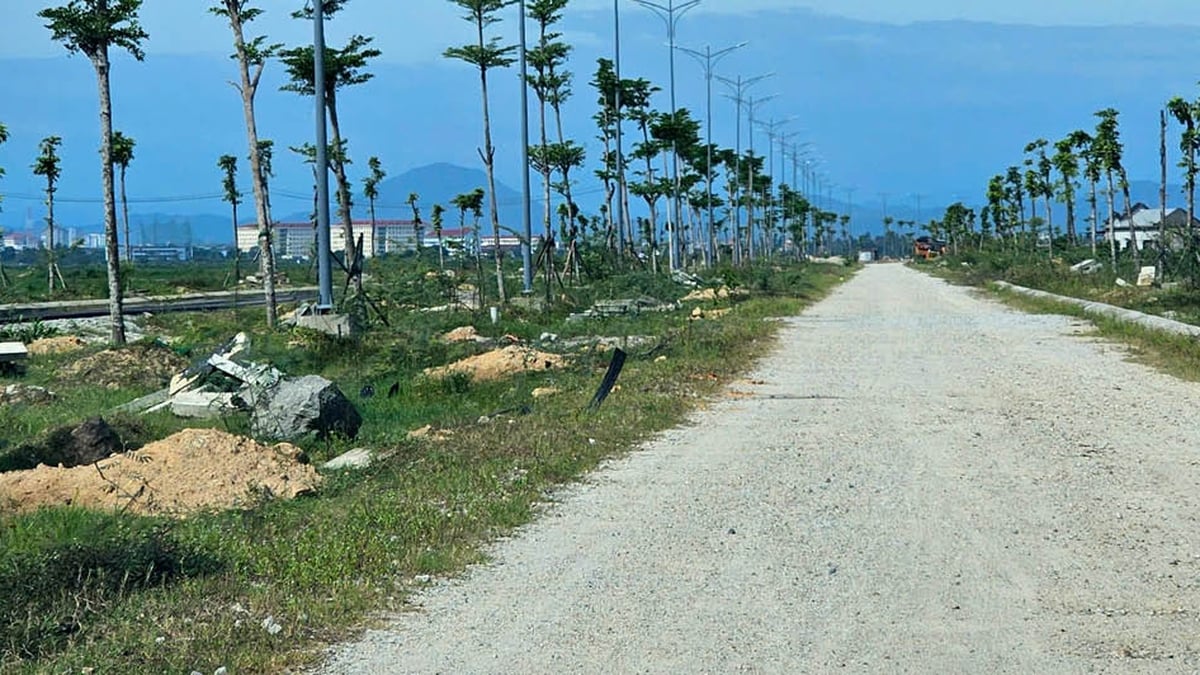


























![[Photo] National Assembly Chairman Tran Thanh Man visits Vietnamese Heroic Mother Ta Thi Tran](https://vphoto.vietnam.vn/thumb/1200x675/vietnam/resource/IMAGE/2025/7/20/765c0bd057dd44ad83ab89fe0255b783)

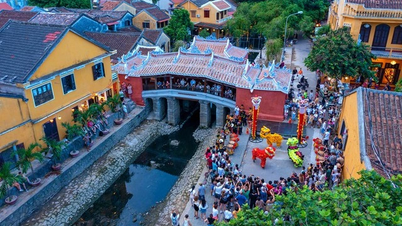

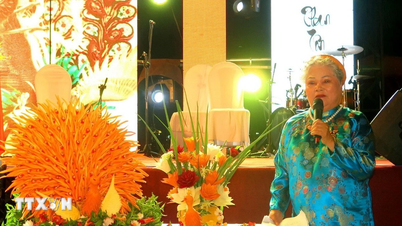















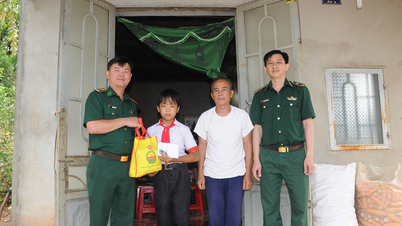












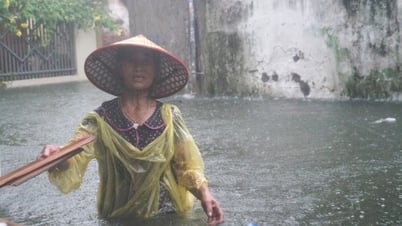
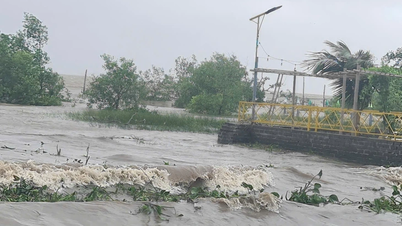


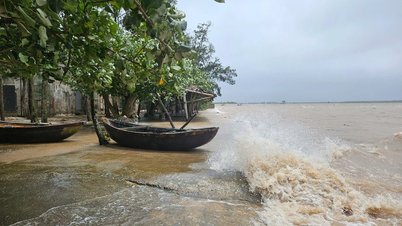

































Comment (0)